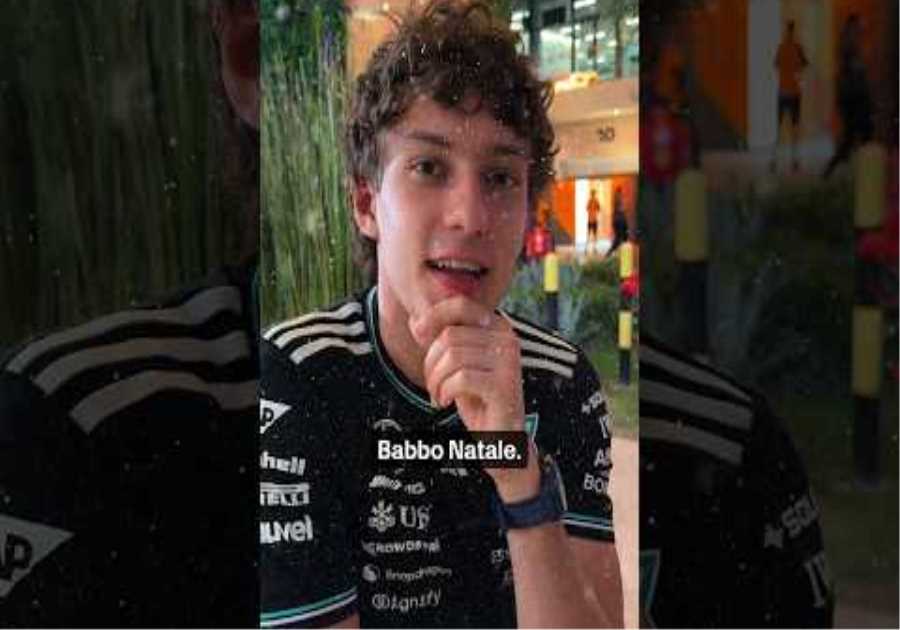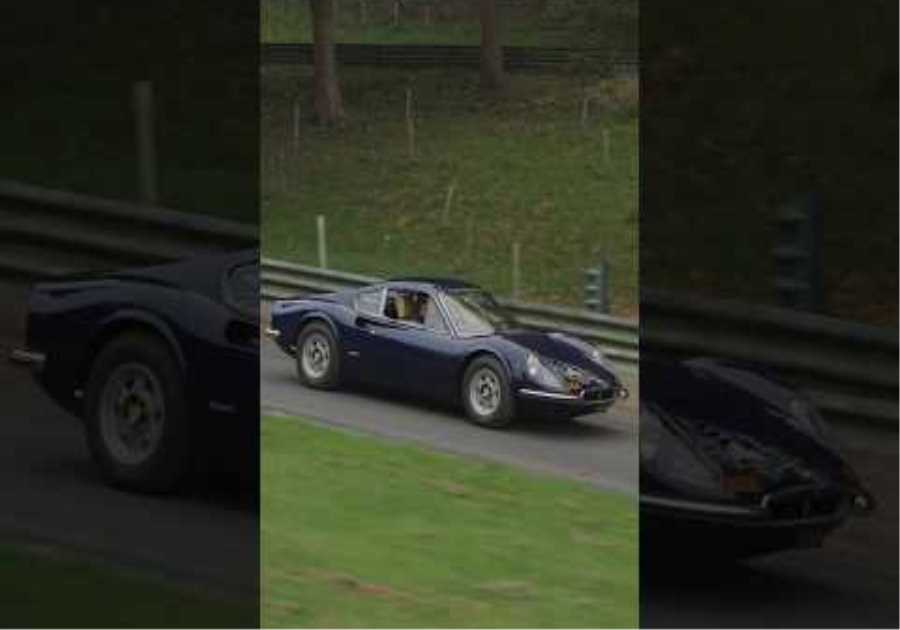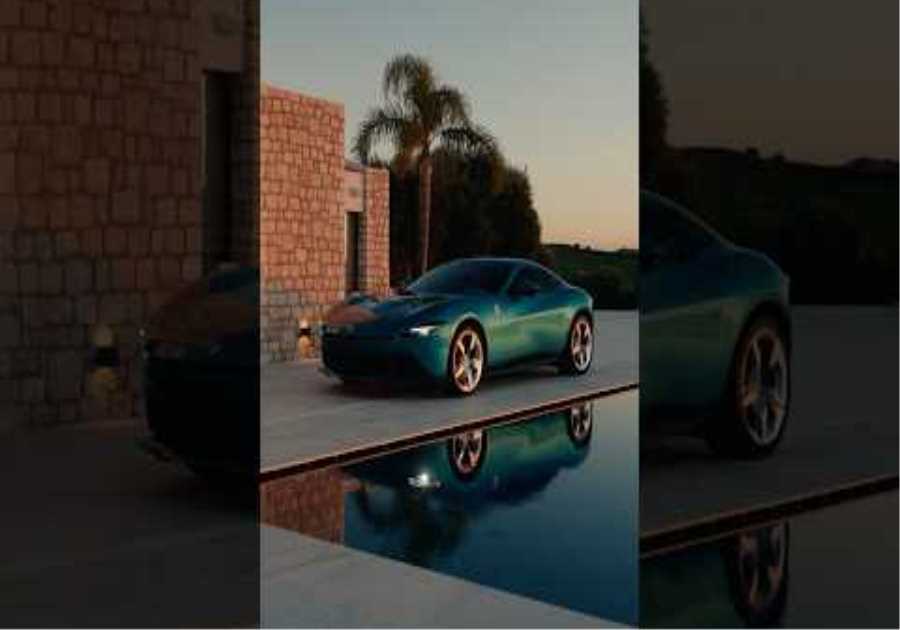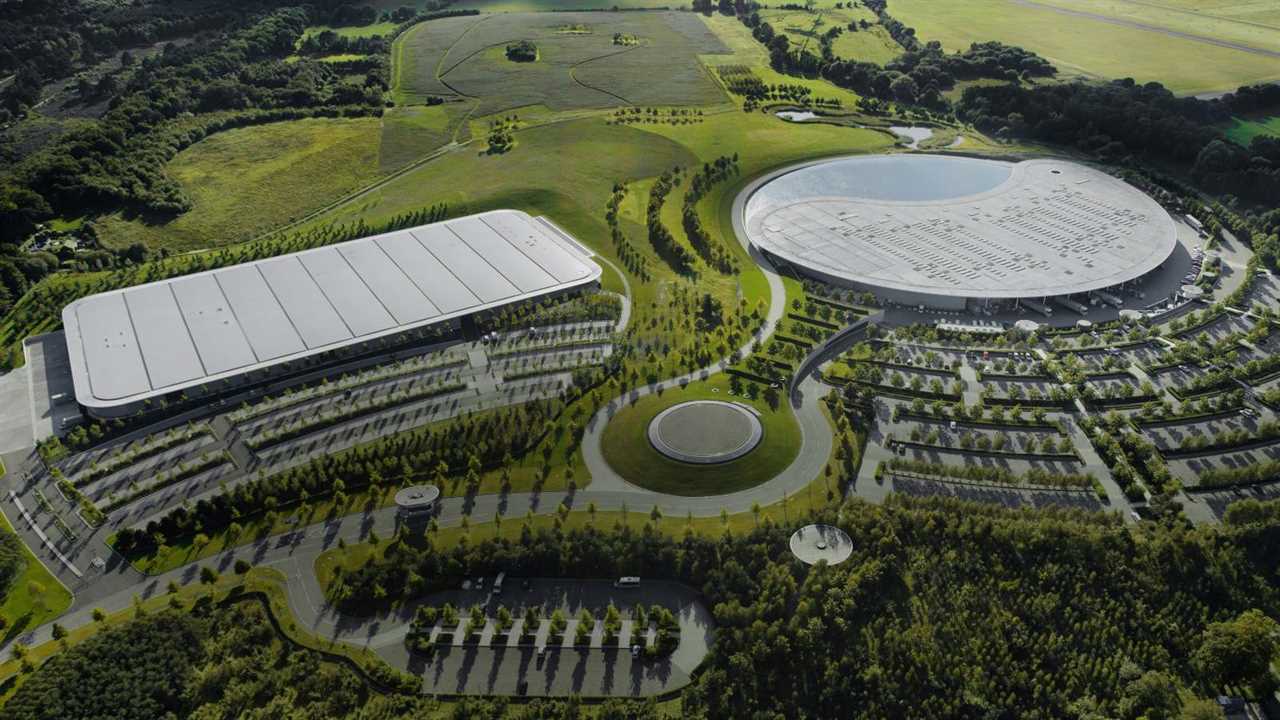
Have you ever looked at a painting and the colors have been so bright, the images so vivid, that your eyes seem almost unable to compute what it is you are looking at?
You feel obliged to take a step back in order to truly take it all in.
It is that kind of feeling that walking into the McLaren Technology Center elicits.
While the UK hub of Formula 1 is based in the Northamptonshire and Buckinghamshire regions of England, it is Surrey and Woking where McLaren’s commitment to excellence resides.
The McLaren Technology Centre, or MTC for short, took six years to build before being opened by Queen Elizabeth II in 2004 and for one of the most storied and decorated teams in Formula, it signaled the dawn of a new era.
PlanetF1.com was given a behind-the-scenes look of McLaren HQ to get a glimpse behind the curtain of one Formula 1’s most famous names…
The result of their building endeavors was a blend of stainless steel and spotless glass that has been carved to form one half of the yin-yang symbol with the large body of calm water representing the other.
The drive onto the base loops around the lake – which is used to power the wind tunnel, just one of many examples of the team’s ‘no fashion without function’ mantra – before arriving at a reception that has greeted the likes of Prince William and the Princess of Wales in the past.
For a team whose slogan is ‘Fearlessly Forward’, it is clear that the MTC serves as the building block for progress but the very first sight you see as you enter the northern entrance is a reminder of what came before.
Bruce McLaren’s path into racing was by no means conventional. Born in New Zealand, he and his father, Les, restored an Austin 7 Ulster which cost them $110 but they disagreed about what would come next for their pet project.
McLaren Snr wanted to sell it on for a profit, McLaren Jnr wanted to race it. The younger man would win out.
Bruce would watch on as his father raced, but he was never felt fully satisfied until one day when Les was struck down with gallstones. With his father in hospital, Bruce had a captive audience and after hours upon hours of pleading, the 15-year-old was granted his wish: he was going racing.
Les had issued only one warning: scratch even an inch of paintwork, and the car would be sold – but Bruce need not have listened. As he arrived at the track, Bruce McLaren, who was playing the role of Les McLaren for the day, was given pity by those who recognized the young face of this future Le Mans champion and gave him a 10-second advantage.
He didn’t need it. The teenager won the first race in what would be a career of winning that saw him rise to the top of motorsport and leave a legacy that endures long after he is gone.
A golden statue of the man designed by British artist Paul Oz welcomes any visitor into the MTC, one of Ayrton Senna driving through Eau Rouge and one of Niki Lauda can also be found in the building.
The display of cars, affectionately known as the boardwalk, is a visual history of where McLaren have been and where they hope to return to.
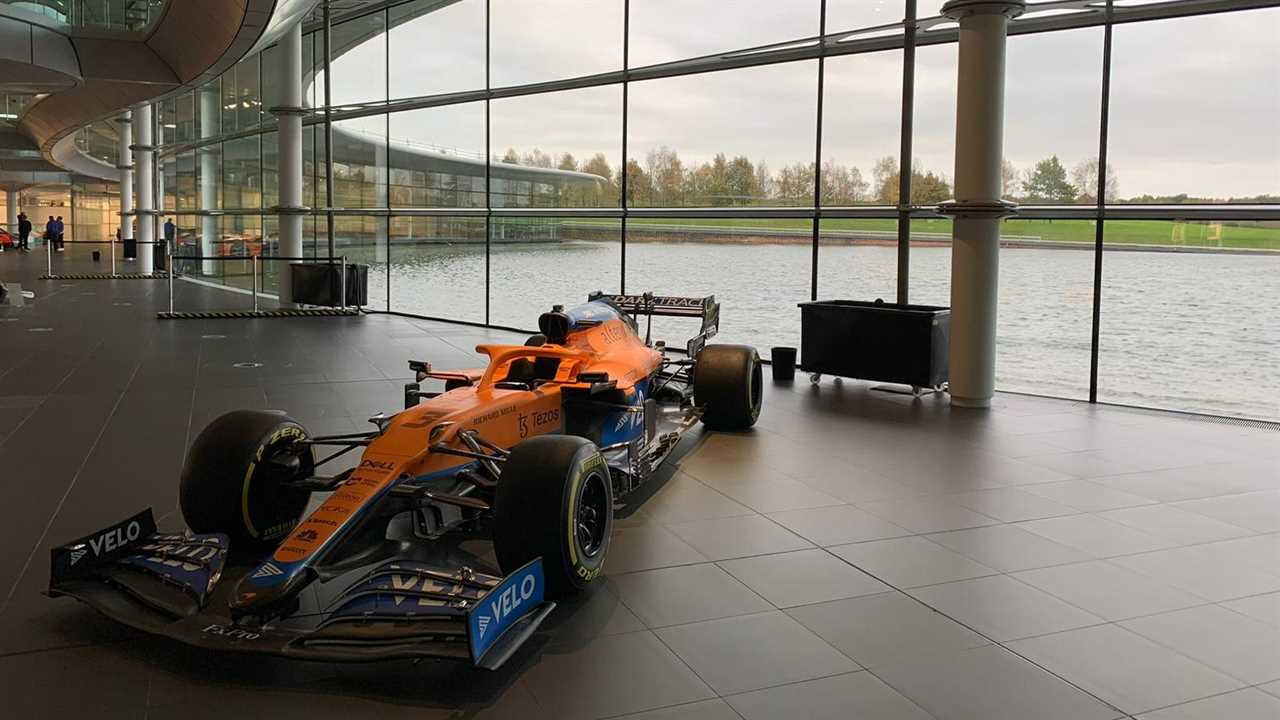
Daniel Ricciardo’s Monza-winning MCL35M is to the right of the very first cars to race under the name McLaren, while the car that brought Lewis Hamilton his first World Championship is at the far end of this very long room alongside the other chrome creations that came to personify McLaren in the late 2000s.
It is not just Formula 1 cars that have a permanent residence here. A McLaren F1 road car, of which only 106 were made, sits alongside its various iterations that came later.
There are also many cars from the McLaren Ultimate Series, including the McLaren Senna, which is reserved for invited guests who have purchased other McLaren cars and find themselves on the ‘Trusted Customers’ list.
One such customer was so insistent on getting the first car produced from a line that he did so under the promise it would be kept at the MTC, only occasionally escaping one of the finest garages in the world for jaunts to the south of France before being meticulously cleaned by McLaren staff upon its return.
With history on one side of the glass windows, the future is on the other as behind the boardwalk is where the racing department is housed. Large bays which the current crop of F1 cars reside in when they are not at the track are just on the other side of the frosted glass and behind that is the huge factory that powers the team.

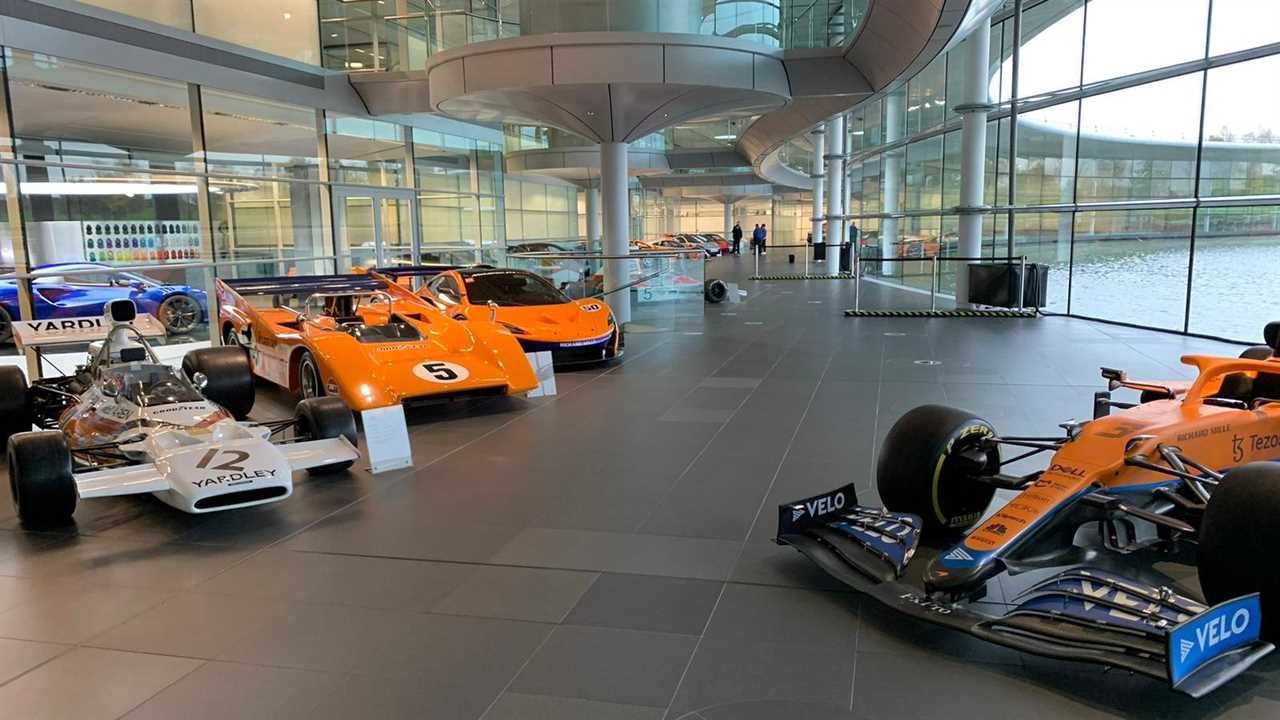
Every detail that goes into putting the McLaren car on the track each race is constructed from within this pristine white space. As with any F1 factory, each department has its own area with the wind tunnel close by and the simulator that Ricciardo and Lando Norris worked in this season also on hand.
On this particular day, a seat was being fitted to an older model (it was not Piastri’s) and, aware that a group of strangers were coming shortly in, the work on next year’s car had been hidden away from prying eyes.
Just outside the glass door, Norris’ special Gulf livery Monaco car sits in the middle of the corridor, acting as the world’s most expensive coffee table.
As you leave the racing department and continue down the boardwalk, you come to the most important car of McLaren’s recent history: the MP4-23.
While it may not have been as successful as its predecessor in terms of race victories, it did provide Hamilton the power and precision to win his first World Championship, which, as was revealed on the tour, was a third of the way to secure Hamilton one of his most sought-after prizes.
When Hamilton was just a child in the McLaren young driver programme, he approached Ron Dennis and told him that when he won the World Championship for McLaren, the team’s chief would give him the first ever McLaren F1 car that was made. Dennis shrugged it off, agreeing whilst no doubt thinking the young man in front of him had no chance.
Decades later and with a World Championship in the bag, Hamilton approached Dennis to ask for the keys only for Dennis to one up the challenge. “Match your hero Senna and win three titles for McLaren and the car is yours.”
Hamilton may have gone on to more than surpass his idol, but it was in the Mercedes, meaning the keys for the first ever McLaren F1 remain safe inside the MTC. Although rumor has it that on his last day at McLaren, Hamilton removed a part and signed it so that if anyone was ever to try and sell him the car claiming it was the first, he would know if they were telling the truth on not.
Hamilton’s Drivers’ Championship is just one of many trophies that line the walls on the way to the production centre. If ever a reminder was needed of the history of this team, this stretch of corridor acts as the perfect example. From Bruce McLaren’s first ever race through to Ricciardo’s Monza win, every trophy is packed behind glass cases with modern day prizes mixed in with those from yesteryear.

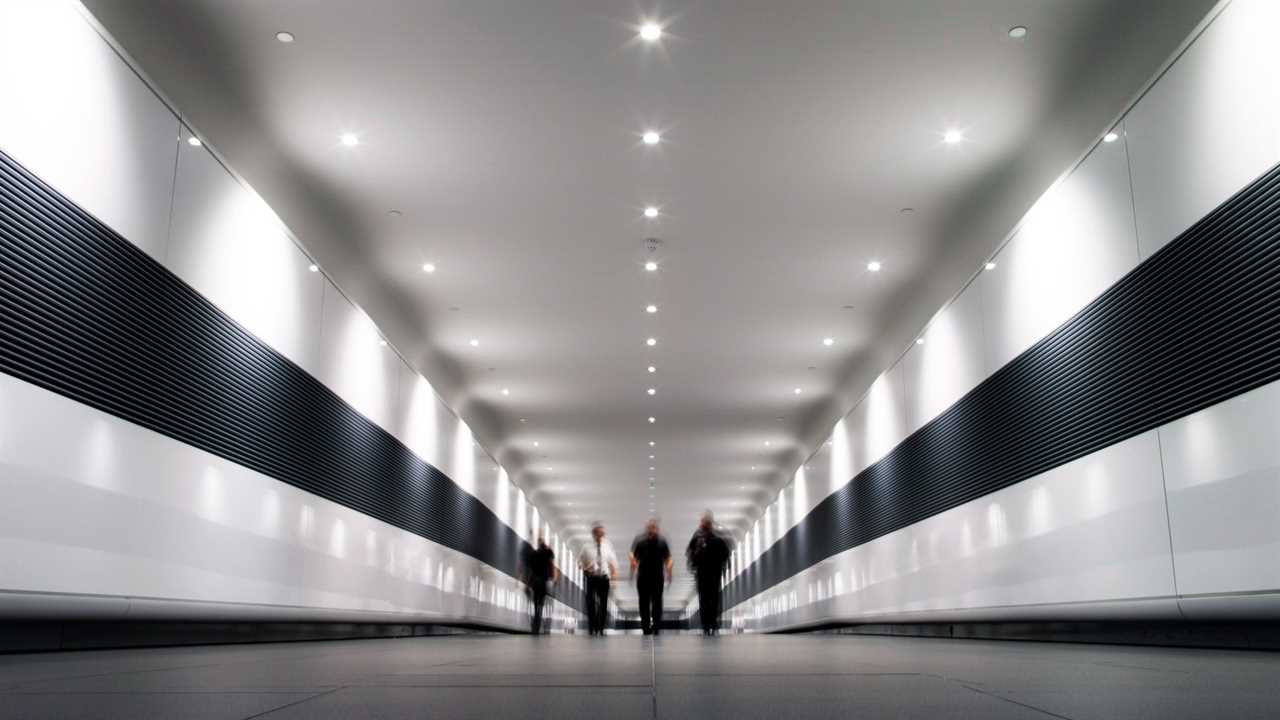
After the trip down memory lane, you are faced with a long tunnel that connects the technology center with the production center. This perfectly straight, white-walled corridor looks like something straight out of Star Wars and indeed it is with Darth Vader and Stormtroopers being filmed there for the new series Andor. There is also yet another secret door that stores the cars not currently on display.
As you go up the spiral staircase at the end of the tunnel, you come to the heart of the race team’s operations and a chance to see the control room where decisions are made during a race weekend. McLaren has set up a viewing area for invited guests to watch as the team’s strategists and engineers make calls that are broadcast to the track.
There is a huge wall of screens featuring live shots from each side of the garage, the onboard camera of every driver as well as the main TV feed. At the time of the tour, it is quiet but just 24 hours later it would have been bustling with activity for qualifying of the Sao Paulo Grand Prix.
The racing factory and this hub combine to power the F1 side of the operations but unlike other factories, this is not just purely Formula 1 focused.
McLaren are the team that are most invested in other series. They have an IndyCar team, which is based in Indiana, an Extreme E outfit as well as an Esports team – all of which mostly operate under the same roof.
The production of the road cars also takes place here with an assembly line as long as the boardwalk, taking the cars from chassis to highly-tuned finished product.
To many, McLaren may just be Formula 1 but a visit to the MTC reminds you that they operate in many different circles. Their history started with sports car racing but soon they would go on to leave a remarkable impact on the newly formed Can-Am series, winning five of the first six World Championships.
When they did race in Formula 1 – Bruce McLaren would make the team’s debut at the 1966 Monaco Grand Prix – no one could have foreseen they would go on to achieve.
From McLaren to Fittipaldi, to Hunt, to Lauda, to Prost, to Senna, to Häkkinen, to Hamilton, McLaren’s legacy in Formula 1 is secured but, at the MTC, work continues to bring an even brighter future.
Thank you to McLaren kit supplier Castore for arranging this opportunity
Read more: Who is Andrea Stella? From Michael Schumacher’s engineer to McLaren team principal


